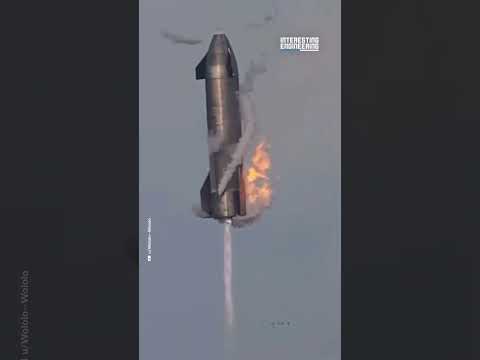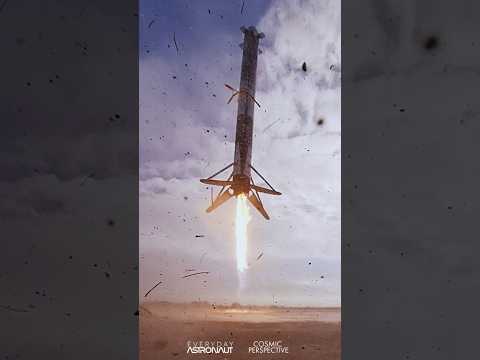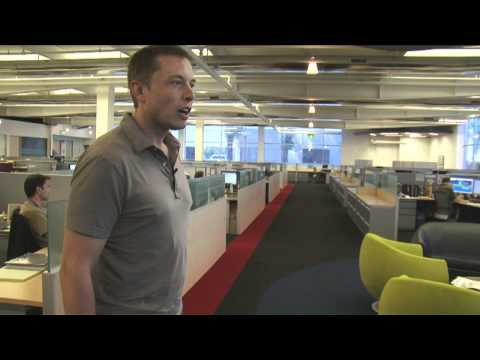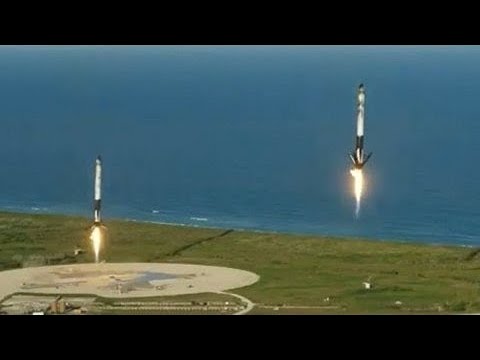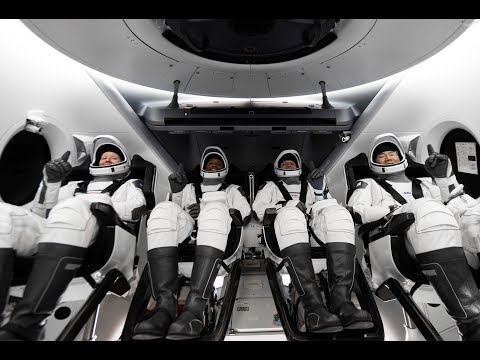In a major milestone for SpaceX’s Starship program, the company successfully conducted a high-altitude flight test of its prototype rocket, Starship Serial Number 8 (SN8), on December 9th. Although the test ultimately ended in an explosive landing, it marked a significant step forward for the ambitious project aiming to revolutionize space travel and exploration.
The SN8 test was conducted at SpaceX’s launch site in Boca Chica, Texas. Liftoff occurred just before sunset, with the massive stainless steel spacecraft soaring into the sky propelled by its three Raptor engines. The goal of this flight was to test various aspects of Starship’s performance, including its ascent profile, aerodynamics, and vehicle systems.
For these high-altitude tests, the Starship prototype is equipped with a nose cone and flaps to enhance its maneuverability during descent. SN8 climbed up to an altitude of approximately 12.5 kilometers (41,000 feet), performing several remarkable maneuvers along the way. It demonstrated controlled aerodynamic descent by utilizing its aft and forward flaps, simulating how Starship would navigate back through Earth’s atmosphere after various future missions.
Throughout the flight, SN8 showcased impressive stability while maneuvering in mid-air. Its advanced thrust vector control system ensured accurate control over pitch, roll, and yaw movements – vital capabilities for precise landing operations on distant worlds one day.
As planned during this mission, the final phase involved a “belly flop” maneuver where the prototype flipped onto its side for a vertical descent back to Earth’s surface. This radical technique uses aerodynamic forces to guide Starship through controlled descent rather than relying on traditional parachutes or wings like previous spacecraft.
However, as it approached the ground, an issue arose with one of SN8’s Raptor engines which resulted in insufficient thrust during landing burn maneuvers. The rocket ultimately impacted the landing pad quite hard, causing a massive fireball explosion. Nevertheless, despite the unfortunate outcome, SpaceX CEO Elon Musk expressed satisfaction with the overall results. The company managed to gather invaluable data on aerodynamics and control systems during this exhilarating test.
The SN8 high-altitude flight test was a demonstration of SpaceX’s commitment to push the boundaries of space exploration technology. Starship aims to become a fully reusable spacecraft capable of carrying both crew and cargo to destinations like the Moon, Mars, and beyond. Its impressive performance during this test contributes greatly to the development of future iterations and brings SpaceX one step closer to its ultimate goal.
As expected with such ambitious endeavors, setbacks are bound to occur. Elon Musk himself had emphasized that there was only about a one-in-three chance of a successful landing for this particular mission. The project operates on rapid development cycles where failures provide valuable insights for iterative improvements.
SpaceX has come a long way since the first prototype flights, learning crucial lessons from each subsequent launch. Although SN8 met an explosive end, it served as an incredible testament to the team’s dedication and perseverance in pushing technological boundaries. In their pursuit of space travel revolution, SpaceX is determined to learn from every experience and iterate towards safer and more reliable starships.
The next milestone for Starship is Serial Number 9 (SN9), which already awaits its turn on the launch pad in Boca Chica. SpaceX will apply lessons learned from SN8’s flight test as they prepare for another daring mission that will undoubtedly inch them closer towards making interplanetary travel a reality.
With each test mission, SpaceX advances further into uncharted territory—a testament to humanity’s unwavering curiosity and ambition to explore beyond our home planet. And while there may be challenges along the way, setbacks won’t deter these pioneers from working tirelessly towards a future where humans can venture out into the cosmos with ease and purpose.

